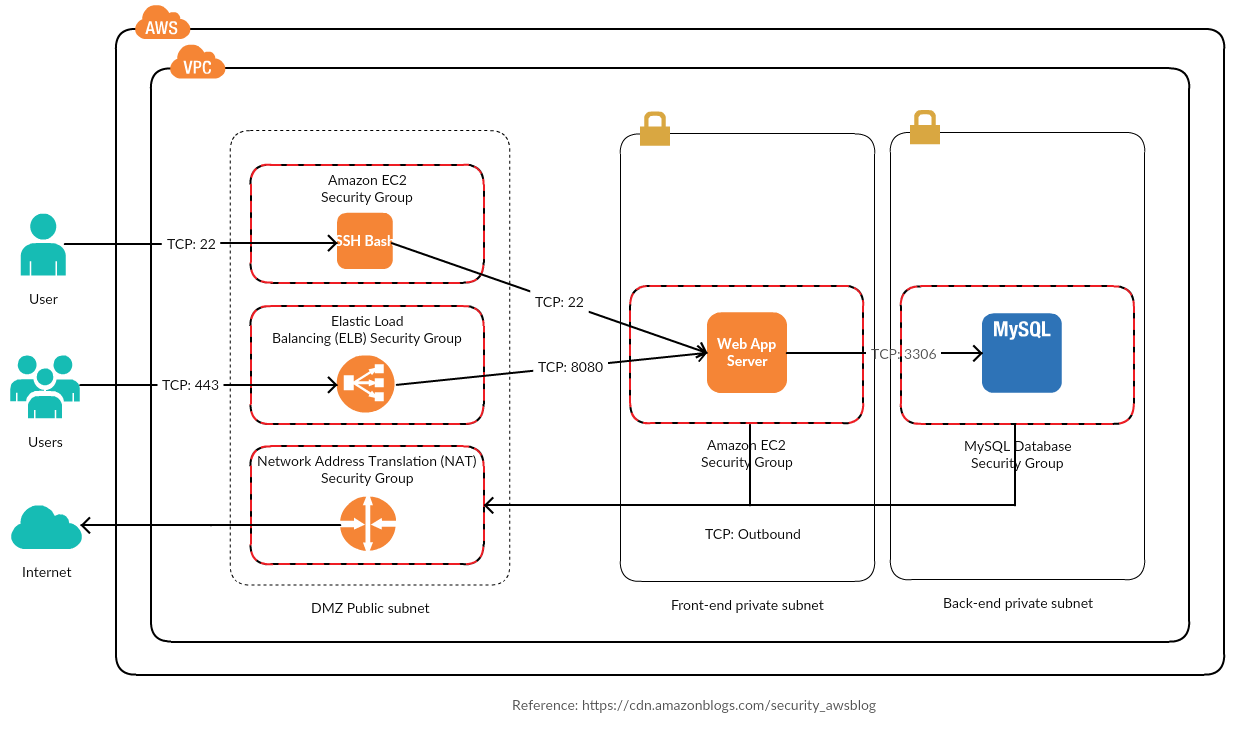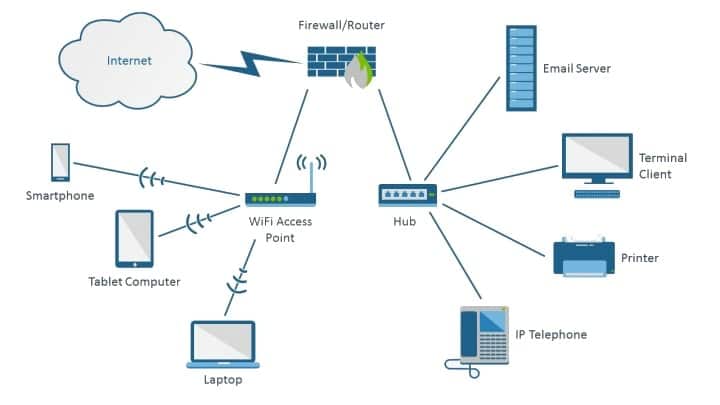

- #Private internet access loading how to#
- #Private internet access loading plus#
- #Private internet access loading download#
#Private internet access loading plus#
To ensure that a complete packet is transmitted properly, ensure that the MSS plus all the header lengths (TCP header and IP header) do not exceed the MTU. To prevent TCP packets from being fragmented, configure a proper MSS based on the MTU. If the size of an IP packet exceeds the MTU, the IP packet will be fragmented. The maximum transmission unit (MTU) determines whether IP packets will be fragmented. In this case, you can modify the packet fragmentation parameters. As a result, packets are fragmented for transmission, affecting the Internet access speed. If only some web pages are opened slowly, there is a high probability that the MSS of TCP packets is improperly set.
#Private internet access loading how to#
For details, see How to Increase WiFi Speed (WLAN FAT AP). The Internet access speed of wireless users is not described here. For details, see the table "Hardware requirements for the 100 Mbit/s Wi-Fi speed" in How to Increase WiFi Speed (WLAN AC). Before addressing slow Internet access issues, check whether the hardware network facilities meet the network speed requirements. In addition, the Internet access speed of wired users is affected by hardware network facilities such as optical modems, AR routers, switches, and Ethernet cables. The downlink speed is the theoretical Internet access speed for wired users.

This document describes the downlink speed issues encountered by wired users during Internet access. The maximum Internet access speed varies according to the Internet access mode. Users can access the Internet in wired or wireless mode. For example, after a user subscribes to a 200 Mbit/s broadband package, the downlink speed is 200 Mbit/s, but the uplink speed may be only dozens of megabits per second. The downlink speed is the bandwidth that a user subscribes to from a broadband carrier. Therefore, the downlink speed is generally higher than the uplink speed.
#Private internet access loading download#
For most users, they access the Internet mainly to download files but not upload files. The uplink speed refers to the speed at which users send traffic to the Internet for uploading files. The downlink speed is the speed at which the Internet sends traffic to users for such services as opening browsers or downloading files, in the unit of Mbit/s. Please " Accept as Answer" if it helped, so that it can help others in the community looking for help on similar topics.Figure 1-1 Networking diagram for Internet access This can greatly assist with quick just-in-time access to a private cluster when the client machine is not on the cluster private network while still retaining and enforcing the same RBAC controls and private API server.įor more information please check this article. This feature provides an API that allows you to, for example, execute just-in-time commands from a remote laptop for a private cluster. AKS run command allows you to remotely invoke commands in an AKS cluster through the AKS API.

This usually requires your machine to be connected via VPN or Express Route to the cluster virtual network or a jumpbox to be created in the cluster virtual network. Today when you need to access a private cluster, you must do so within the cluster virtual network or a peered network or client machine. IP authorized ranges can't be applied to the private api server endpoint, they only apply to the public API serverĪzure Private Link service limitations apply to private clusters. Virtual network peering requires you to plan your network CIDR ranges to ensure there are no overlapping ranges. Express Route and VPNs add costs and require additional networking complexity. See the section below for more information on this option.Ĭreating a VM in the same VNET as the AKS cluster is the easiest option. Use a VM in a separate network and set up Virtual network peering. There are several options for establishing network connectivity to the private cluster.Ĭreate a VM in the same Azure Virtual Network (VNet) as the AKS cluster. To manage the API server, you'll need to use a VM that has access to the AKS cluster's Azure Virtual Network (VNet). However, the API server endpoint has no public IP address. Ingress with Azure Load Balancer Īpplication Gateway Ingress Controller Load Balancer Service with Azure Basic or Standard (default) sku load balancers You can check out all the Service Types available here.įor making the services publicly available, you can use: Thus, all the networking features for publishing applications (or in your case, APIs) hosted on the AKS cluster are not impacted. By using a private cluster, you can ensure network traffic between your API server and your node pools remains on the private network only. In a private cluster, the control plane or API server ( kube-apiserver ) has internal IP addresses that are defined in the RFC1918 - Address Allocation for Private Internet document.


 0 kommentar(er)
0 kommentar(er)
